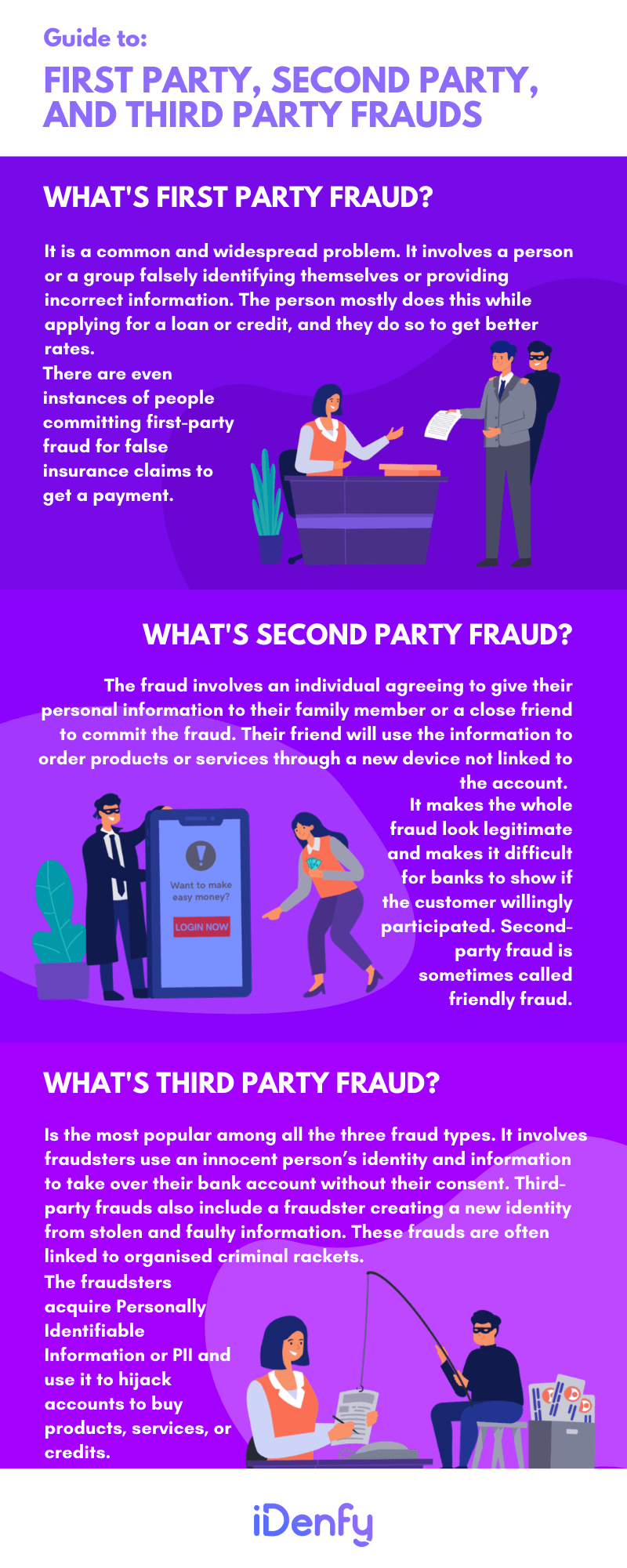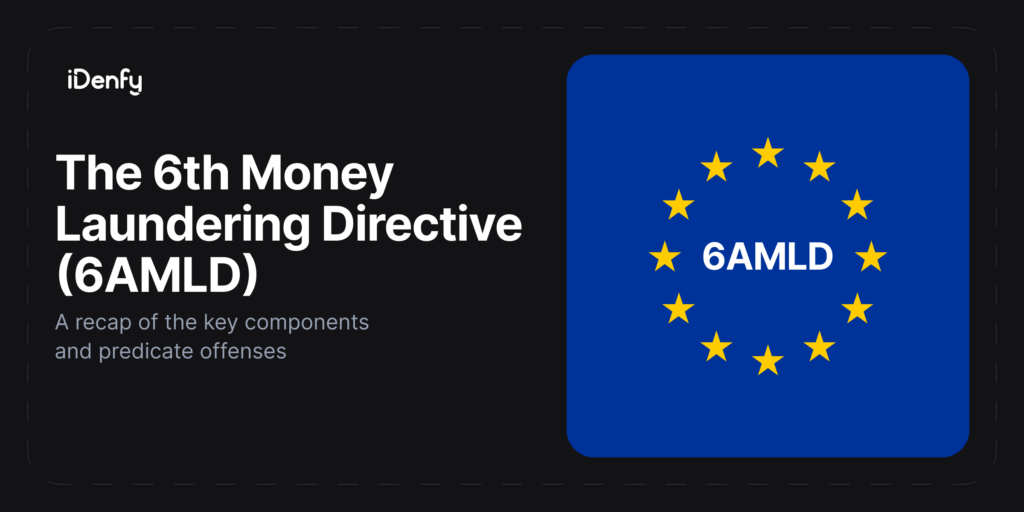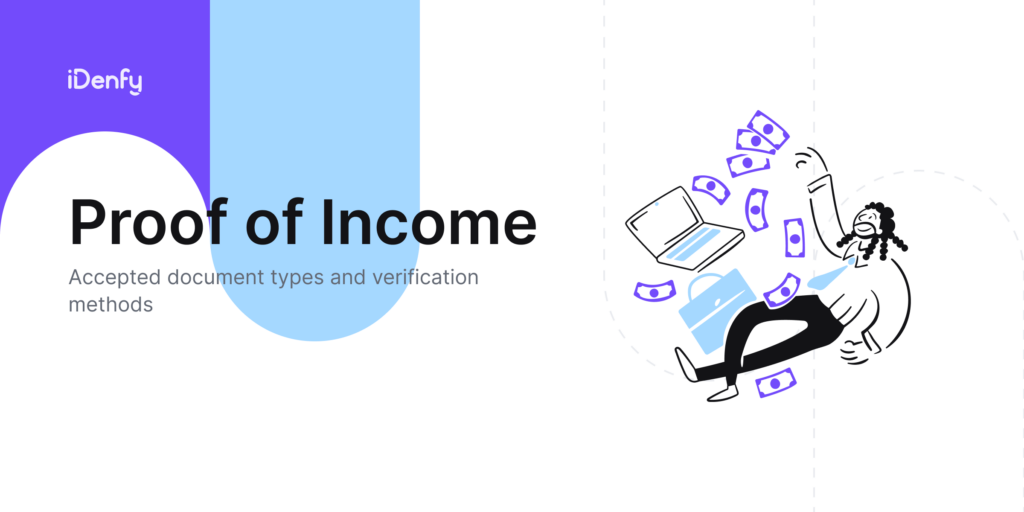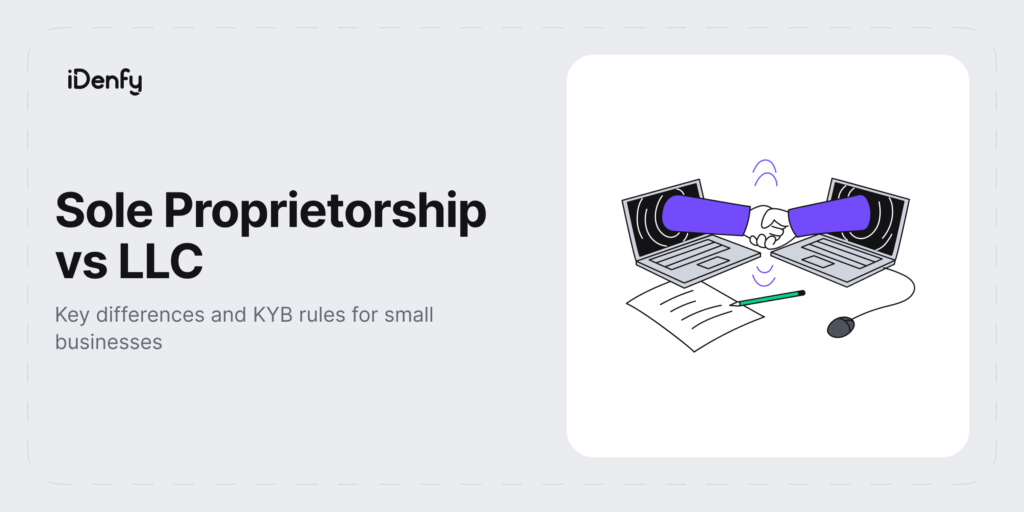Every year, online identity fraud rates continue to rise, composing a large chunk of cybercrime involving impersonation or false representations. The higher the number of fraud cases increases, the more victims there are and, consequently, the greater the number of fraudsters. In general, fraudsters commit three major types of fraud: first-party fraud, second-party fraud, and third-party fraud.
We have seen how fraud opportunities have consequently surged with the rapid growth of digital industries in fintech, e-commerce, and iGaming. This trend continues to bring businesses and consumers under higher risks, including identity theft and data breaches. Irrespective of the fraud these perpetrators commit, their ulterior motive is to steal resources, whether it’s data or money.
But how does it happen in practice, and how can you prevent such crimes? We look into these and other questions below.
Book a Meeting on How to Protect Your Business From Fraud with Identity Verification
Hiding Their True Intentions

Fraudsters operate by making sure that their true intentions are hidden; most of the time, fraudsters create a trustworthy front that is quite believable for gaining trust from one target to another, so this process involves creating a digital footprint with a perfect credit history, minimal defaults, and a decent income without raising any suspicions.
Identity Theft and Impersonation

To commit fraud, these criminals need personal data more than only just a name; they also want full-scale Personally Identifiable Information (PII), including home and email addresses, contact numbers, date of birth, social security number (SSN), all of which give substance to a digital footprint and open the way to cybercrime impossible to trace.
PII Data Theft

It starts with and revolves around PII, which may be collected through various illegal methods such as phishing, data breaches, and web scraping.
Having obtained the information, fraudsters then commit fraud with the use of stolen PII in many forms, categorized into three types of fraud:
- First-party fraud
- Second-party fraud
- Third-party fraud
The motive behind these frauds is common, but their way of execution varies.
We explain each fraud type in more detail below:
First-Party Fraud

First-party fraud is the most prevalent form of fraud, in which an individual misrepresents their identity or provides fake information to obtain better rates, usually at the time of loan and credit applications. It can be anything from claiming insurance to getting payouts.
For example, a person may lie about his employment status so that they can receive a mortgage, or somebody may change information so that they may receive more beneficial insurance. Other common causes of first-party fraud include:
- De-shopping: Buying products, using them, and then returning for a full refund.
- Fronting: This is also a strategy to reduce costs whereby a service is taken out in another person’s name, such as car insurance in the name of a parent for a young driver.
- Address Fronting: This is using another address to cut the costs of services. For example, insuring a car at a secondary home address, a holiday one, not the main residence.
Learn More About Automated Fraud Prevention Tools
Second-Party Fraud
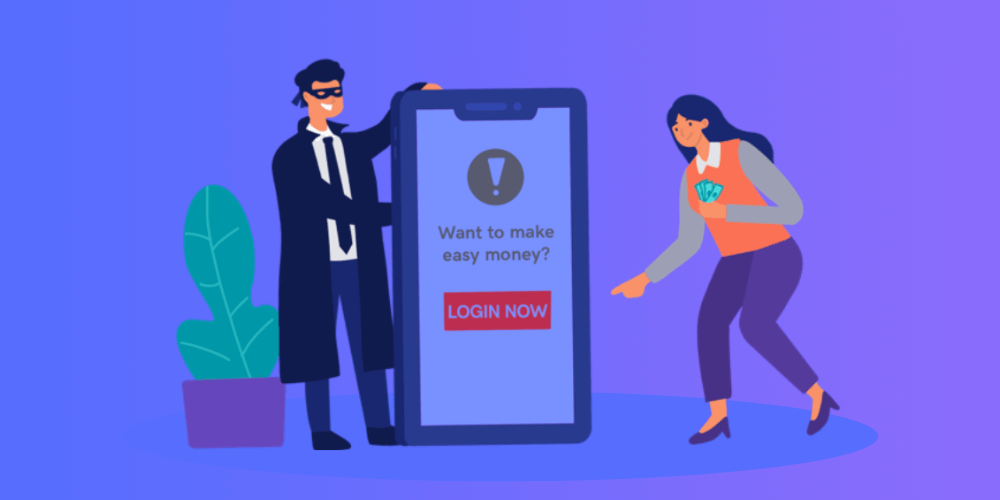
Second-party fraud is slightly more complex than first-party fraud, where a known entity — a friend or family member — releases their personal information willingly. The captured data is then used to order products or services using an unfamiliar device, thus making the transaction look more valid and difficult for banks to dispute.
Professional fraudsters recruit victims to commit second-party fraud unknowingly. These schemes generally promise quick, easy money. For example, fraudsters may ask a person to allow money to be credited into one’s bank account and then transferred into another unknown account – that is how a person becomes a money mule. Supermarket poster ads of “easy money” schemes also lead people into those kinds of scams.
The whole process is precisely money laundering, and the customers who transfer the amount are called money mules. Since the people who transfer the amount are real with truthful information, it is challenging to detect such fraud. For example, supermarkets sometimes have signs that say, “Want to make easy money?” Anyone with a monetary problem could easily fall into this trap. Once they agree to participate, fraudsters use their information to commit fraud.
What customers can do to prevent second-party fraud:
- Conduct thorough research on job offers or promotions. If a deal seems too good to be true, it likely is.
- Refrain from agreeing to any request involving transferring money through, into, or out of their bank account.
- Decline offers that require them to establish a new company or LLC in their name as a condition for employment or receiving a prize.
- Never agree to let someone else use their bank account for receiving and forwarding money, regardless of their promises.
Third-Party Fraud

Third-party fraud is the most prevalent: criminals use the stolen PII of innocent people to compromise accounts without their consent. This might also include any other identity creation with fraudsters using data that has been compromised.
This fraud type is often linked to organized criminal rackets. According to iDenfy’s estimates, nearly 50% of third-party fraud is part of some fraud ring within the fraud related to numerous identities. Third-party fraud is usually associated with organized crime: PII stolen and used by networks contributed to account hijacking for purchases or loans. This type of fraud is growing at a high pace, especially with the rise of mobile banking and vulnerabilities in fintech companies.
Here are some examples of the most popular third-party fraud types:
- Account takeover or ATO fraud is the most common example of third-party fraud. The fraudsters take over a victim’s account through their PII, which they have either hacked or obtained through some method like phishing.
- Another example of third-party fraud is loan stacking. In this case, a fraudster applies for several loans at once using someone’s identity and never pays back.
Related: Top 5 Marketplace Fraud Examples You Should Know
Protecting Against First-Party, Second-Party, and Third-Party Fraud
When it comes to curbing first-party, second-party, and third-party fraud, the challenge is immense, as the perpetrators are not just criminal organizations but also loyal customers. It makes it challenging to develop a single solution that is effectively applicable to all three fraud types. With technological advancements, fraudsters have better tactics and tools to impersonate someone, commit a crime, and then cover their tracks. In a virtual world, it is nearly impossible to authenticate an account without context.
However, banks and other industry players also find effective ways to counter these fraud types. Many companies these days depend on third-party RegTech solutions and AI-driven ID verification tools for customer identity verification and assurance of document legitimacy. These verification solutions become critical in today’s landscape, where tools like ChatGPT are widely accessible and, at times, misused; for example, deepfakes are nearly undetectable by the human eye. Above all, choosing a reliable KYC solution enables security improvements and prevents fraud in customer onboarding.
At iDenfy, we build a complete KYC/KYB/AML fraud prevention hub with all the needed tools in one place, including AI-powered identity verification, AML screening, Business Verification for corporate customers, and much more.
Book a free demo with iDenfy today and protect your business from first, second, and third-party fraud.
